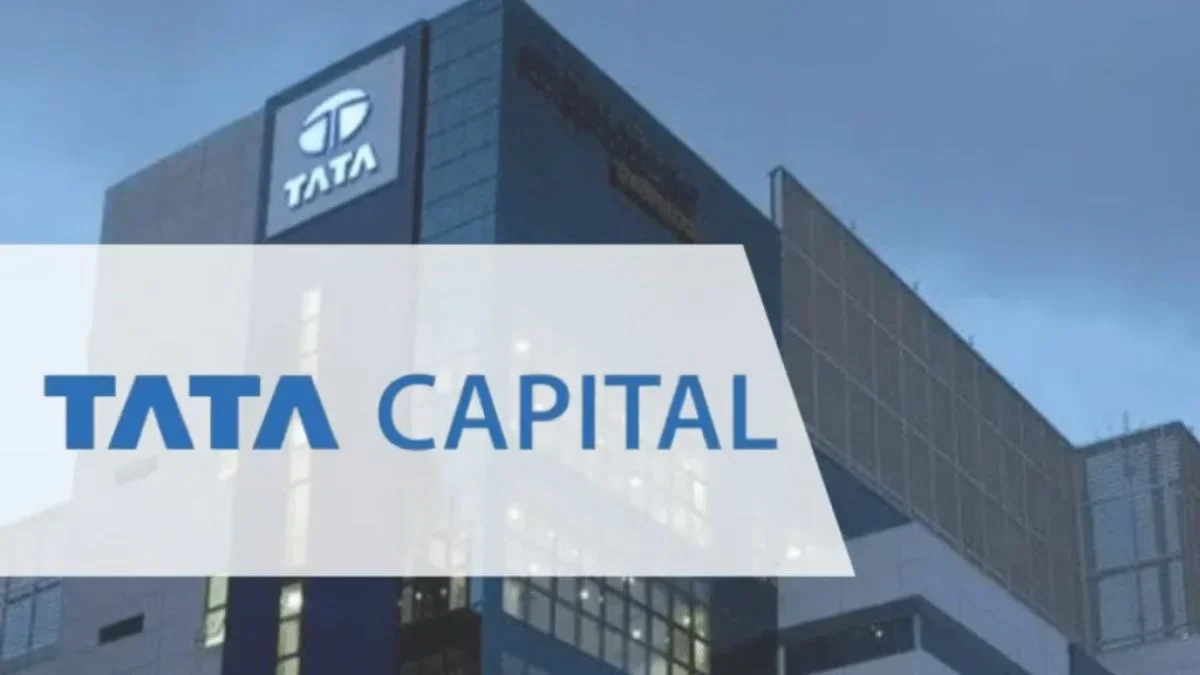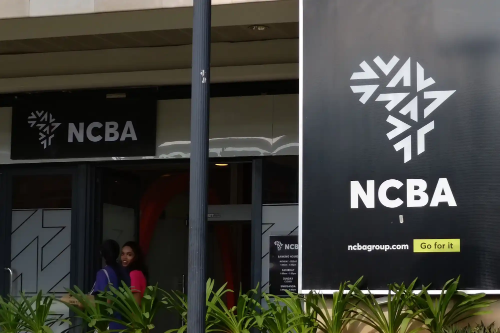When Discounts Reveal Risk, Not Value
Tata Capital’s USD 1.85 billion IPO, offered at a 56 % discount, mirrors Africa’s illusion—when prestige and politics outweigh governance. A “bargain” isn’t value when returns lag and risk is priced in, from [BSE:500034] to [NSE:COOP] and [NGX:ZENITHBANK] alike.

When Tata Capital launched its USD 1.85 billion initial public offering—priced at a 56 percent discount to its last unlisted valuation—analysts split sharply. Some saw a bargain from one of India’s most trusted brands; others saw a signal that even prestige needs a markdown when financial performance lags. The lesson extends well beyond Mumbai. In many emerging markets, especially across Africa, steep discounts in new share issues often reflect an effort to price in credibility risk, not create value.
The Tata name carries moral authority, but numbers matter more than legacy. Tata Capital’s return on assets is around 1.9 percent, far below peers such as Bajaj Finance [BSE:500034], which sustains ~20 percent ROE and trades at 4–5× book. The price cut thus represents correction, not generosity—an effort to align reputation with results.
The same pattern recurs in African finance. Nairobi’s Co-operative Bank [NSE:COOP] and NCBA Group [NSE:NCBA] debuted amid national pride but soon delivered inflation-level returns. In Lagos, Zenith Bank [NGX:ZENITHBANK] and GT Holdco [NGX:GTCO] hover near book value as investors price regulatory opacity and currency volatility. Meanwhile, Johannesburg’s FirstRand [JSE:FSR] and Absa [JSE:ABG] trade at modest premiums thanks to stricter governance and disclosure. Across markets, valuation follows discipline, not branding.
Behind this is a common psychology. Indian retail buyers trust “Tata” as moral safety; African investors assume state-backed firms are protected. Yet when credit stress or policy shocks hit, those assumptions collapse. A discount seldom signals hidden upside—it quantifies investor unease about asset quality, regulation, and autonomy.
That is the lesson African policymakers must internalise as they design new financial institutions and privatisation frameworks. Governments often mistake low pricing for credibility, believing cheap shares will attract participation. Real market confidence is earned through audited loan books, IFRS-9 provisioning, transparent NPL ratios, and credible capital buffers—not through patriotic discounts.
India’s wider non-bank sector proves the point. Diversified lenders like Bajaj Finance and Shriram Finance earn their valuations through consistent profitability and risk control. Tata Capital’s markdown shows what happens when delivery trails narrative. Africa’s leading banks face the same arithmetic: average ROE of 12–16 percent, NPLs of 6–10 percent—figures that restrain re-rating until governance improves.
Structural differences matter—India’s rupee is freely convertible and its retail base deep, while African markets are smaller and less liquid—but investor psychology remains identical. Both regions reward storytelling until earnings expose the truth. Markets flirt with brand loyalty, yet marry governance.
For policymakers, the takeaway is straightforward: price integrity must replace marketing theatrics. Offering shares cheaply can spark short-term demand, but sustained valuation depends on regulatory predictability, independent audits, and a functioning secondary market that anchors prices in fundamentals rather than sentiment.
Tata Capital’s IPO is thus more than an Indian milestone; it is a mirror. India must prove that industrial legacy can coexist with scrutiny. Africa must prove that reform can coexist with ambition. In both theatres, a discount measures not generosity but trust—the currency most difficult to restore once lost.





